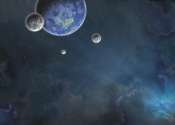Dietary overlap of birds, bats and dragonflies disadvantageous in insect decline
According to a new Finnish study, different groups of insectivores compete for the same type of food. Researchers of the University of Turku, Finland, and the Finnish Museum of Natural History made a discovery by comparing ...









